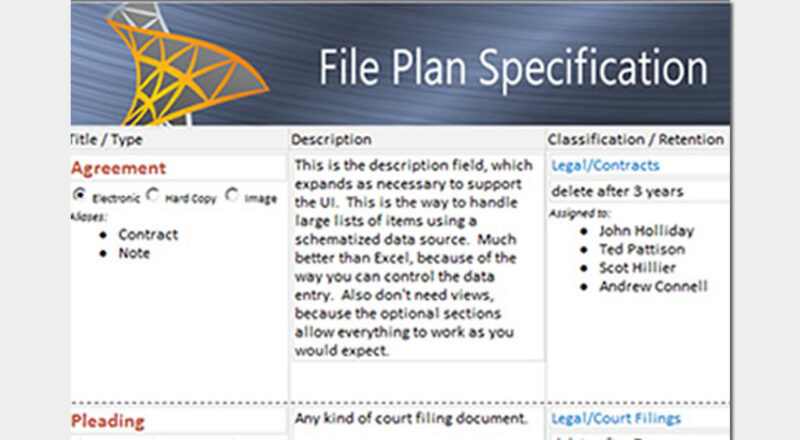My friends all know I’m a “trekkie” from way back. Way, way back. Back when William Shatner was just a regular on the Twilight Zone (remember Nightmare at 20,000 Feet?). One of my favorite episodes was one called “The Return of the Archons” (episode #21), where the captain must use logic to convince a 6,000 year old computer to self-destruct because it has violated its own “prime directive” to do no harm to the people it serves. Turns out its creator, Landru, had failed to recognize the importance of a few basic, but critical human traits, like self-determination and independent thought.
Human Beings, like all mammals and most living organisms exhibit one distinctive trait – bilateral symmetry. You know – 2 eyes, 2 ears, 2 arms, 2 legs, and so on. But lets consider for a moment the human brain, which has 2 distinct hemispheres. As it turns out, both are necessary for our survival. While the left hemisphere is concerned with managing sequences of actions, the right is concerned with providing the necessary “context” for evaluating and prioritizing what comes next. When you think about it, one is pretty useless without the other.
A similar observation can be made about information architecture and knowledge management. When promoting a simple document to the status of ‘record‘ so it can be associated with a retention formula, is it enough to only consider the document name? Not likely. We typically need more context to determine if the record declaration makes sense. It’s the additional metadata that defines the ‘context’ of information throughout its life-cycle. Without that context, any attempt at optimal organization becomes problematic.
Is the document part of an ongoing project whose retention period is specified separately? Perhaps in a separate file plan? Does the document contain ‘protected’ or ‘classified’ terms that dictate how it should (or should not) be handled? Was it created by a ‘controlled’ class of users? Has it already been declared as a record in some other system?
Contextual analysis is like having one hemisphere of the brain constantly looking for different ways to associate content with other objects and processes in the surrounding environment, while the other hemisphere processes the information itself. Workflow, automatic tagging tools, enhanced search are part of the pantheon of tools we employ to define ‘context’, and the availability of such tools is constantly evolving.
It’s not enough to simply declare that a document is now officially part of any given classification – we also have to associate it with the appropriate contexts, and there may be many, which are often defined by the current state of other related documents and processes. The same holds true for final disposition, legal holds and e-discovery.
Content management is not a technology-only solution, because we need context in order to evaluate and prioritize related processes. And just like most other living organisms, we cannot survive without it.
In our newly crafted ‘digital universe’, do we have what it takes to survive? I’m starting to wonder if the increasing pace of technological change coupled with the ever increasing amount of information we have to process might ultimately make this a moot point. Let’s face it – the Archons have long gone, SkyNet is real, and Facebook may be the only context that matters.
Landru! Save us!
-JFH





